Janus Green B 1% CAS: 2869-83-2 | MF: C30H31ClN6 | MW: 511.06, Buy now Histological Stains & Dyes for Histology, Cytology, Microbiology, Hematology & Biology Lab from TriStains. All Tristains products are exclusively distributed by Dawn Scientific Inc.
Janus Green B is a dark-colored powder that belongs to the phenazine group of dyes. It requires oxidation to become colored, and its chemical formula is C30H31ClN6. This synthetic dye is also known as 3-Diethylamino-7-(4-dimethylaminophenylazo)-5-phenylphenazinium chloride, Diazin Green S, or Union Green B, and it belongs to the class of oxazine dyes. The 1% solution of Janus Green B is a more concentrated version of the commonly used 0.1% solution, and it is a histological staining solution used in various applications in biology.
TriStains provides a marketplace for histology and biological stains, which is comprehensive enough to encompass the peculiar requirements of laboratories specializing in Histology, Cytology, Microbiology, and Hematology. With a reputation for exceeding quality expectations, TriStains performance is outstanding which allows for resolution of cell and tissue components fundamental to life sciences to be clearly visualized. Each product under TriStains series is validated for accuracy, reliability and consistency. TriStains, which manufactures and markets stains and indicators in various packing, offers laboratories turn key solutions for all their staining and indicator needs, improving accuracy in every experiment.
Application :
- Janus Green B 1% is used to stain and visualize mitochondria in living cells. It is a vital stain, meaning it can be used to stain mitochondria in living cells without causing significant cell damage.
- It can be used to stain cytological samples, such as blood smears or cell cultures, to aid in the identification and differentiation of various cell types.
- It is also used to stain various living organisms including fungi, yeast cell, brain, spinal cord, sperms and tissue culture monolayer. It also facilitates diagnostic assays and diagnosis of disease related to amyloid accumulation.
Benefits :
- High affinity for mitochondria staining
- Enhances the contrast and visualization of cellular and tissue structures
- Versatile and cost-effective
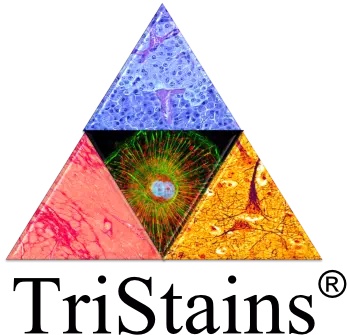

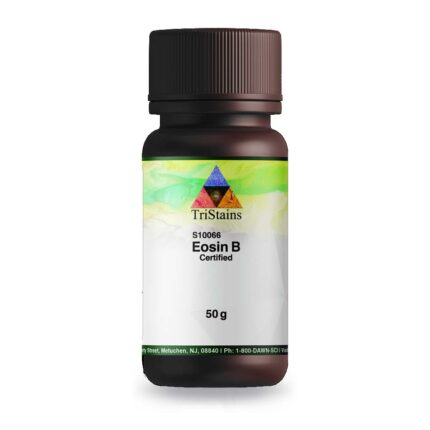
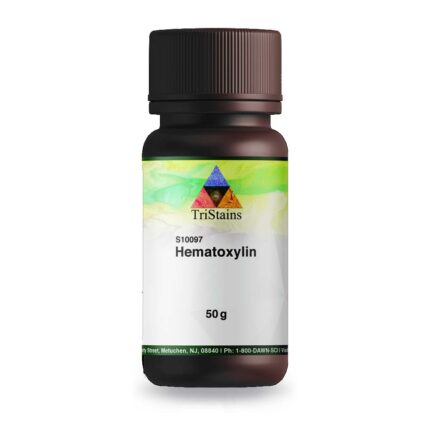
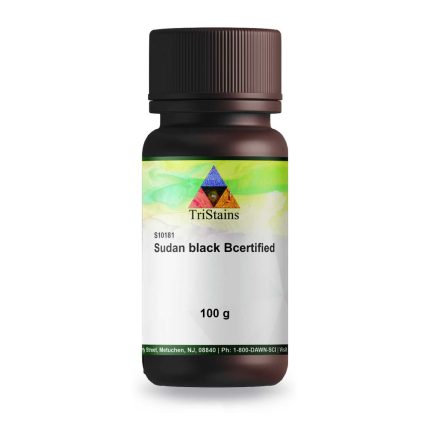
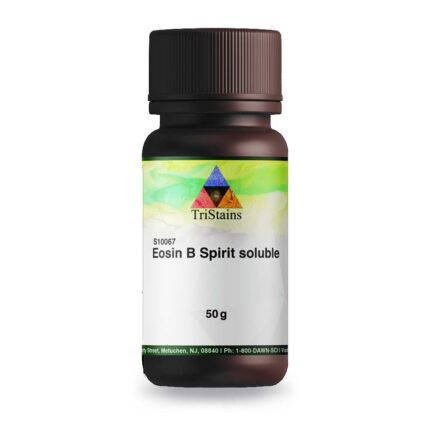
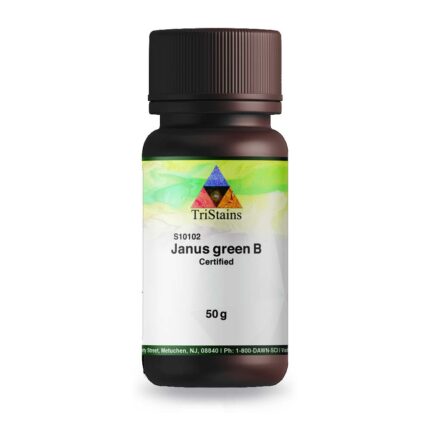
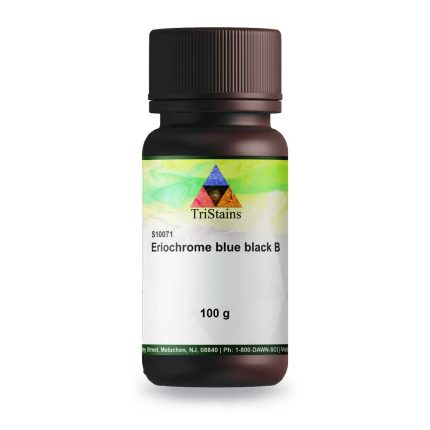
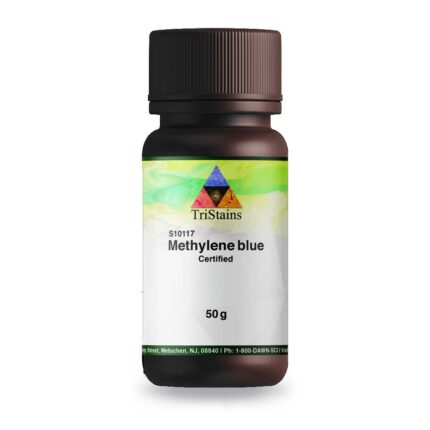




Reviews
There are no reviews yet.